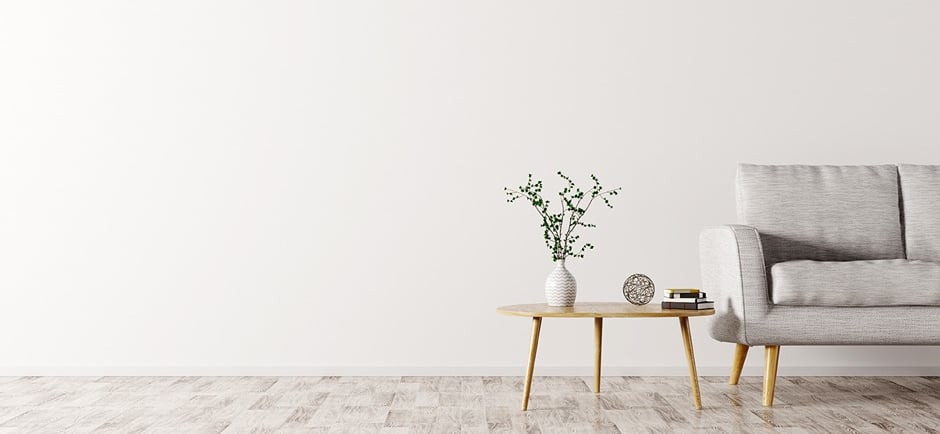items chosen one by one so you have the best option and save money on amazon (Links in articles)
The Impact of Minimalism on American Family Living: Trend or Trouble?
Minimalism has taken the design and lifestyle world by storm over the past decade. Promoting a “less is more” mindset, it emphasizes clean spaces, functional design, and intentional living. While many Americans have embraced minimalist aesthetics and decluttering strategies, critics argue that minimalism might not be practical—or even healthy—for every household, especially those with children or multigenerational needs. So, is minimalism improving American family life, or is it creating unrealistic standards that prioritize style over substance? Let’s explore the ongoing debate in 2026.
6/24/20252 min leer


What Is Minimalism in Home Design?
Minimalism in architecture and interior design focuses on simplicity, space, and light. Characteristics include:
Neutral color palettes (white, beige, gray)
Clean lines and clutter-free surfaces
Multipurpose furniture
Emphasis on quality over quantity
Hidden storage and open layouts
Why Minimalism Became So Popular
1. Emotional Clarity
Minimalist spaces are seen as calming, helping reduce stress and anxiety caused by visual clutter.
2. Function Over Form
Minimalist homes prioritize usability and efficiency, often using fewer—but higher-quality—pieces.
3. Social Media and Aesthetics
Instagram and Pinterest fueled the appeal of spotless, perfectly styled minimalist homes.
4. Environmental Awareness
Minimalism supports sustainable living by reducing consumption and focusing on essentials.
The Drawbacks: Is Minimalism Family-Friendly?
While the benefits are clear for singles or couples, minimalism becomes more complex for families, particularly those with kids. Here's why:
1. Real-Life Mess vs. Curated Spaces
Children come with toys, school supplies, and constant mess—often at odds with a minimalist aesthetic.
2. Emotional Attachment to "Stuff"
Families may struggle to let go of sentimental items, gifts, or seasonal needs, which minimalism discourages.
3. Pressure to Maintain Perfection
Social media glorifies ultra-clean minimalist homes, creating unrealistic expectations and potential guilt.
4. Loss of Warmth and Personality
Some argue minimalist homes feel sterile or cold, lacking the vibrancy and chaos of real family life.
Is There a Middle Ground?
Yes—many designers and families are embracing a “warm minimalism” or “lived-in minimalism” approach in 2026. Key features include:
Natural textures (wood, linen, stone)
Neutral but layered tones for visual interest
Functional storage that hides clutter, not eliminates it
Design that allows flexibility for changing family needs
How Minimalism Can Work for Families
Declutter with compassion: Don’t force purging—prioritize what brings value.
Create “mess zones” where toys and activities are allowed to live visibly.
Use multifunctional furniture: Ottomans with storage, fold-out desks, modular shelving.
Rotate toys and décor: Keep homes feeling fresh without excess.
Final Thoughts: Minimalism—A Trend or a Lifestyle Challenge?
Minimalism remains influential in 2026, but it’s no longer seen as a one-size-fits-all solution. For families, the key is adapting minimalist principles to real-life needs, rather than chasing picture-perfect living rooms. Done right, minimalism can reduce stress, support intentional living, and still leave room for the joyful chaos of family life.